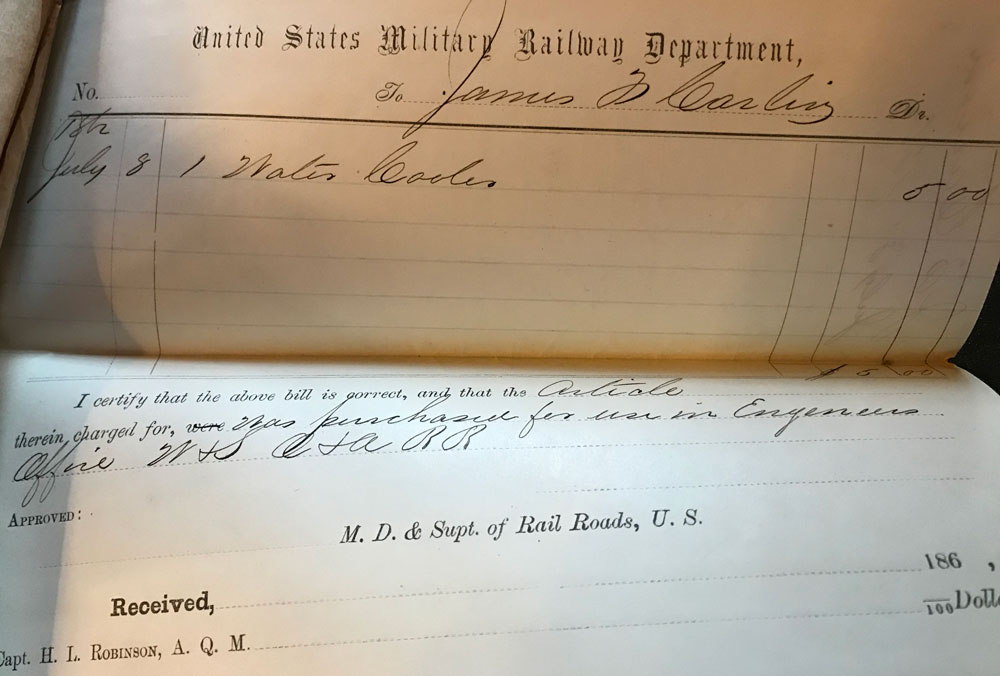The classic image of the Civil War portrayed by authors like Bruce Catton had men and horses marching on foot for days over dusty or muddy roads. This would be interrupted by an occasional horrible and not quite decisive battle. While this image of war is certainly true, there is another side to what was going on during the Civil War.
Troops were often transferred vast distances by rail or boat. Telegraphs were setup to provide almost instant communication across the same vast distances. Steam powered gunboats patrolled the rivers. Hospitals were supplied with running water. By the end of the war, economic warfare was a key part of the North’s strategy, while the southern forces embraced raiding and guerrilla warfare. Most northern cavalry units were equipped with breechloading rifles, many of them repeaters. Hydrogen balloons were used for observation, though later in the war it was determined that, if given a few days time, building a tall tower could achieve a similar result, with a lot less hassle and risk.
When I stopped at the National Archives late last year, I discovered that the men staffing the US Military Rail Road’s depot in Alexandria Virginia enjoyed some surprising luxuries. I found invoices for gas pipe and gas lanterns. Further research indicates that a gas works was installed in Alexandria in the 1850s. The USMRR railroad must have tapped into it.

I also found invoices for water pipe, a water cooler and 800 pounds of ice. Finding the invoices for the ice and water cooler was quite a surprise.

Though those times were primitive by today’s standards, it’s clear that when possible, those soldiers would do what they could to make themselves as comfortable as possible.
